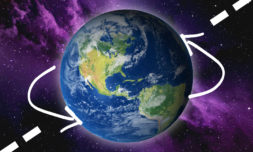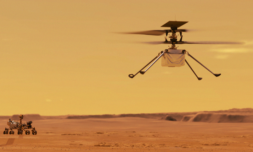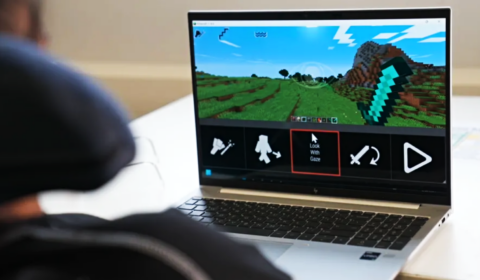The debate surrounding Space Force
Rivalry in space is nothing new, as nations have used satellites to detect opposition aircrafts occupying the airspace in times of global conflict since the 1960’s.
However, as space technologies and GPS capabilities have advanced, cases of remote controlled satellites flying closely to spy on those belonging to the other nations have been reported as recently as 2015.
Despite this activity, many Democrats were against the notion of funding a US military presence in space. They argued that the funding for such a program would be better suited for supporting humanitarian and sustainability endeavours here on Earth.
As Joe Biden took office in 2021, many awaited news about whether the budget for Space Force would be revoked. In February, Biden extended his full endorsement for the continuation of the mission, citing a need for stronger national security.
Another justification for developing aggressive space technologies is military deterrence, in much the same way as nuclear armament. When one nation begins experimenting with creating war tools for space, other nations with a space presence must respond by developing their own in order to protect themselves against perceived threats.
What about the space junk problem?
As military occupation in outer space becomes normalised, the efforts made by governments to clean up floating debris is increasingly important. Without a clear plan for such efforts, military satellites will have to worry more about random debris collisions than foreign spies.
It’s unlikely that you haven’t heard of ‘space junk’ yet, the pollution problem which extends far beyond the environmental crisis we’re tackling here on our home planet. Pieces of rockets, dead satellites, and tools dropped by astronauts are floating around in space at speeds of up to 56,000 kilometres per hour.
This debris poses the problem of entering space safely during future exploration, as well as possible collision damage to existing spacecrafts and even light pollution, which could in time destroy our ability to view the cosmos from Earth. A new satellite tool, AstriaGraph, allows you to view all items orbiting our Earth (including space debris) in real time.
Here at Thred, we’ve showcased the ways in which several companies are already working to overcome the issue of space clutter.
One of them, funded by a Japanese-UK space company, includes an autonomous satellite equipped with a hefty magnet. Complete with sensors and a docking plate, it is capable of locating and collecting discarded space equipment from previous missions.
Further efforts to increase space sustainability come from Kyoto University, where students are in the process of testing satellites built from wood. Though still in the early stages of research, this innovative work could see us into the future of sustainable space exploration.
It is clear that global military forces will continue expanding their presence beyond our atmosphere in the interest of national security.
However, an equal amount of attention will need to be placed on making sure the outer space environments in which this takes place are free from a build-up of flying debris, which could – in theory – pose more of a risk to satellites than remote controlled lasers fired from Earth.
This article was originally written by Jessica Byrne. ‘I’m Jessica, a recent graduate from the University of the Arts London. I’m passionate about sustainable fashion and beauty, racial and gender equality and protecting our oceans. When I’m not curating Spotify playlists, you can find me watching every existing documentary on my latest subject of interest or hanging out with friends and practicing 35mm film photography.’ View her LinkedIn and Twitter.




















